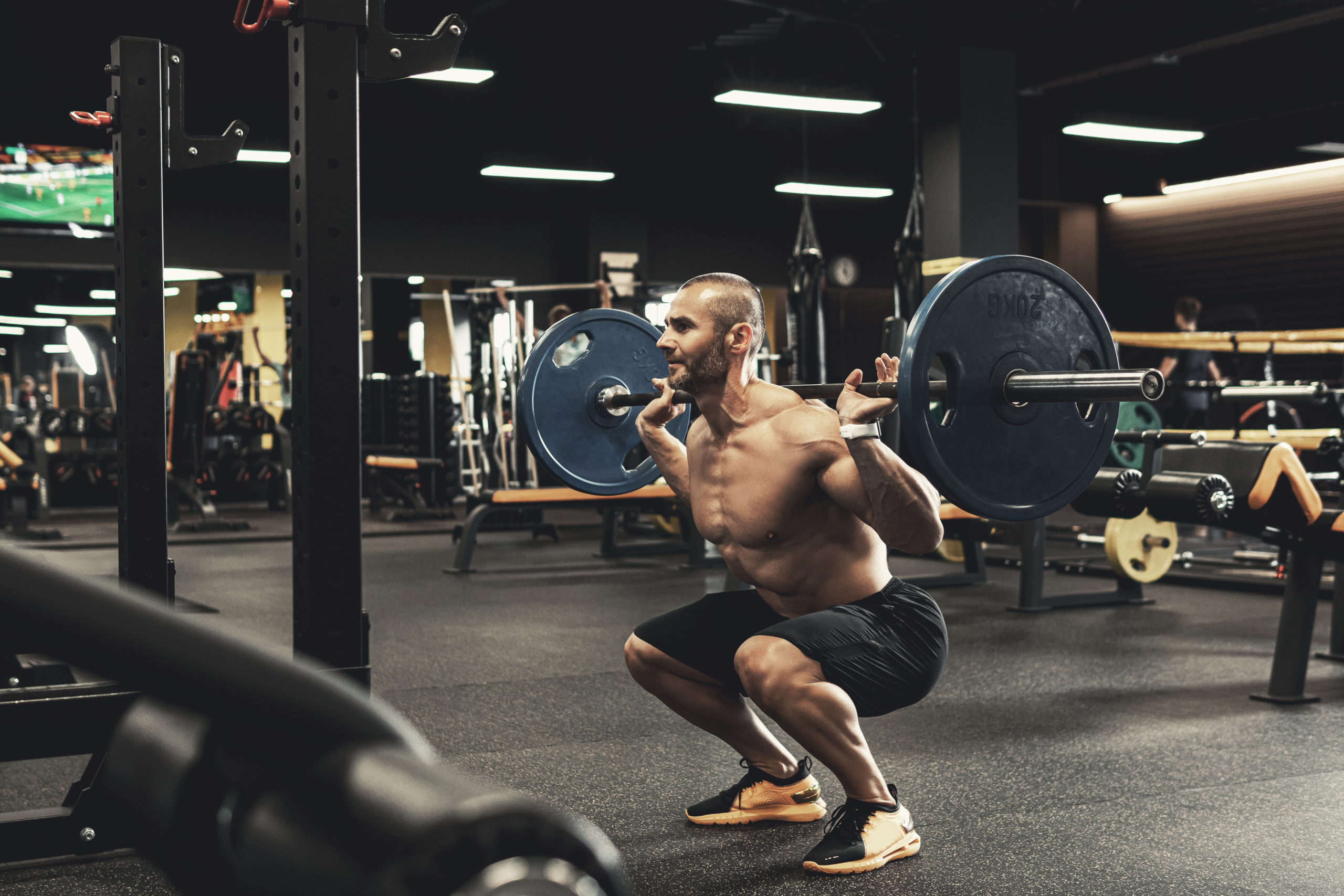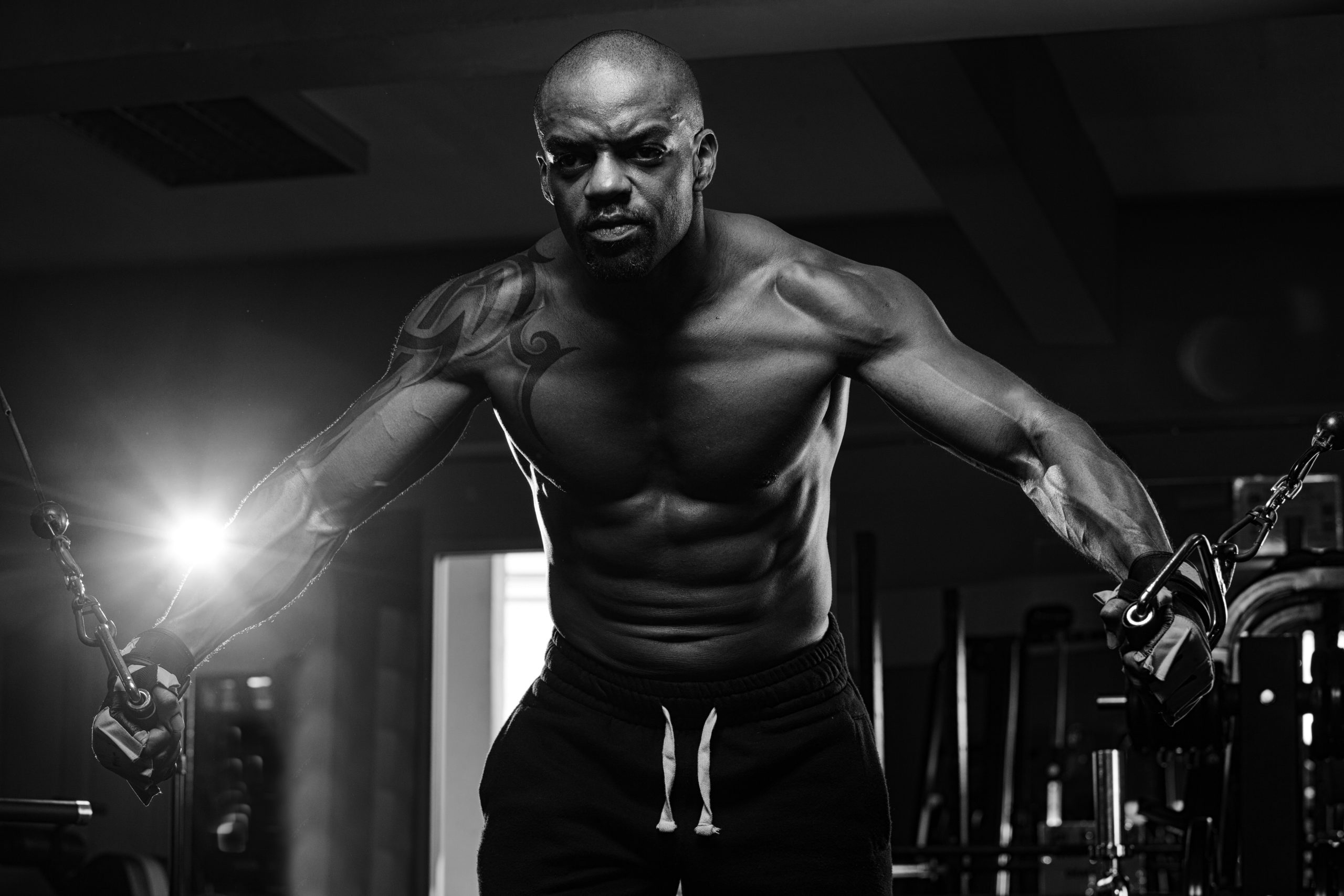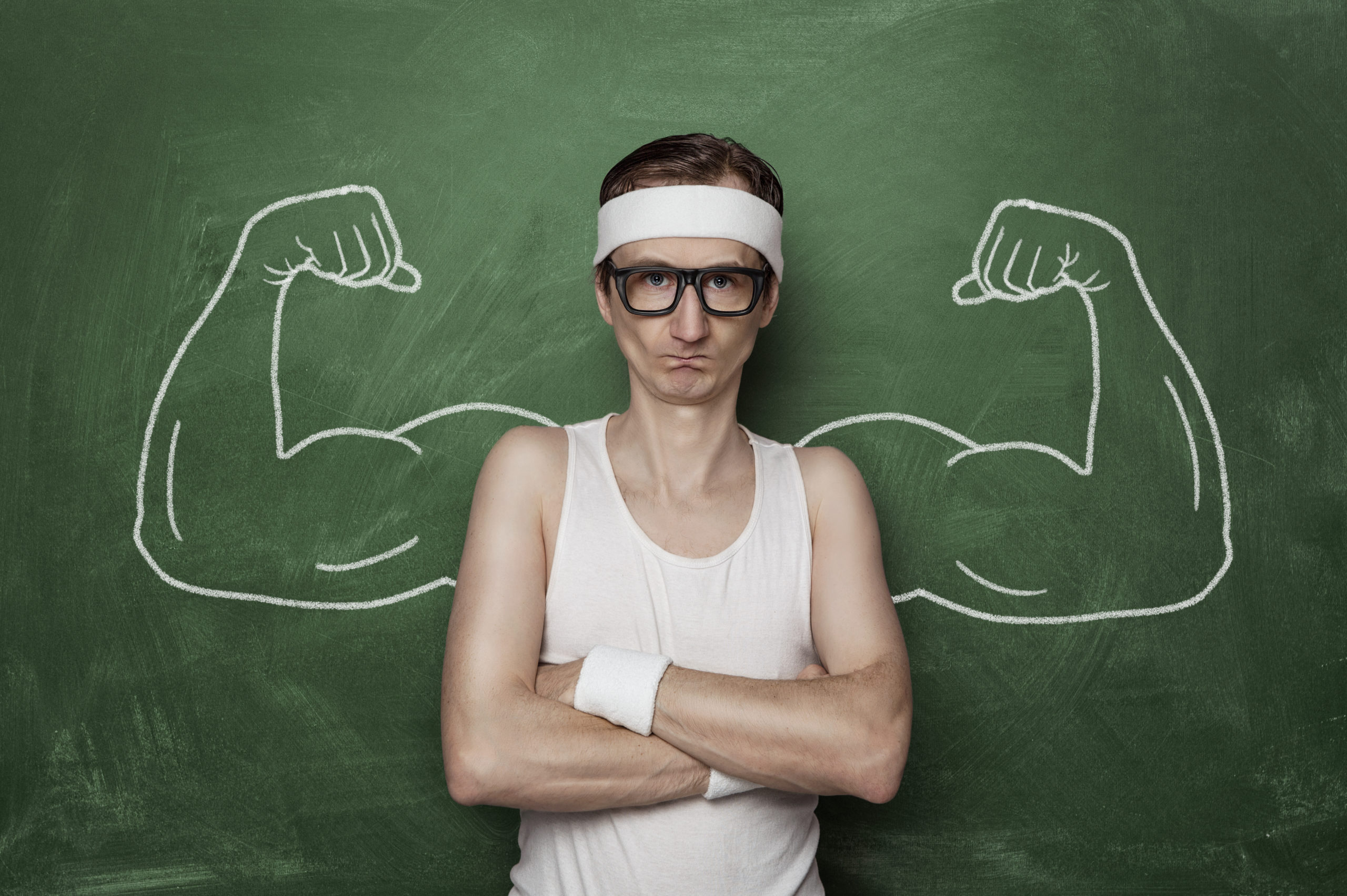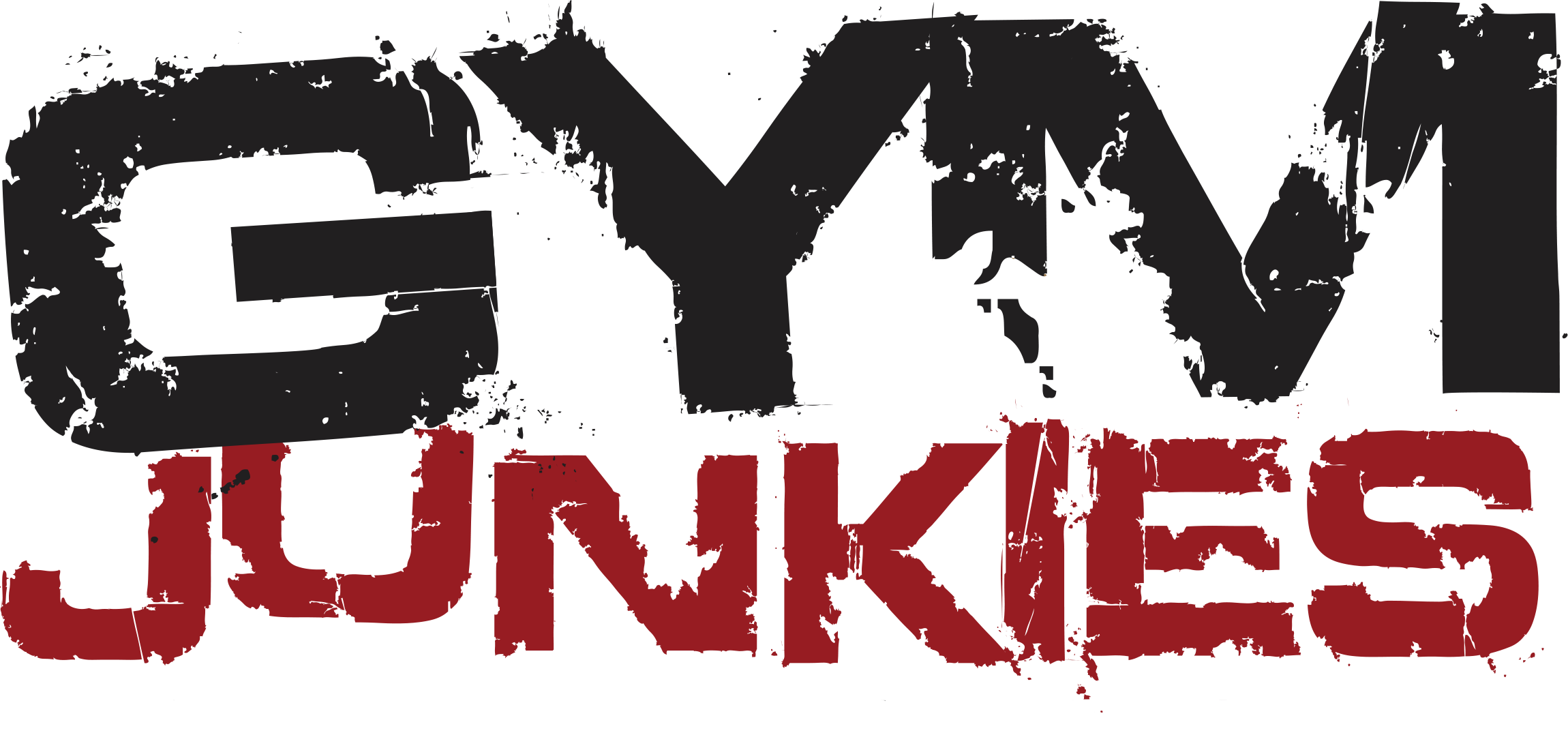
Working out is important for both your mental and physical health. Most of us know this, and we hear it all the time. But to begin anything new, some effort and discipline is necessary. Where do I begin? What types of workouts should I do? How frequently should I train? If you are in such a position, this article is for you. We will go through the most important points to consider when it comes to workouts for beginners.
What Workout Should I Do?
If you are just starting out in the gym or have trained a little bit, the threshold needed for your body to make a positive change is very low. This is important to understand, because increasing the amount of work by 2-3 times, is not necessarily going to increase your gains in the same way. We often tend to think more is better, which definitely is not true.
In the same way, people look at other bodybuilders and fitness influencers and how they workout. They see them doing a certain workout or exercise, thinking they will receive similar results if they copy what they do.
Truth be told, this is not how it works. Everything, both training and nutrition has to be individualized. The bodybuilder you might look up to, has built up a large amount of adaptation, and probably has very different genetics from you.
Therefore, the most important factor to consider when you are just starting out, is how often you train.
What Are the Goals of Training?

Our goal when training is to achieve stimuli and adapt to them. There are many different types of stimuli, but some of them include mechanical damage, oxidative damage and systemic stress. Understanding each stimulus in the very beginning is not the most important thing.
However, understanding that the amount of work you need to perform to achieve any stimuli, and thereby adapt, is much less than that of an advanced athlete. That is why beginners are often very sore from working out just a little bit.
Recovery in Workouts for Beginners
Another point to understand is recovery. It does not matter if we are able to achieve any kind of stimulus, if we are not able to recover from it. A lot of the adaptations that take place whether it is from strength or hypertrophy training, have to do with recovery. Thus, if you push past what you can recover from, it will give you a decrease in your results.
As a beginner, you have not made many adaptations for recovery. So, the threshold for the stimulus you need is very low. Because the threshold is low for a beginner, they are going to be stimulating more physiological processes compared to an advanced athlete.
For the beginner, the workout might be both mechanically and metabolically damaging. On the other hand, the advanced person has a higher threshold for metabolic damage, they are more coordinated and can handle heavier loads.
Meaning, when an advanced athlete begins a new workout program, they will not be stimulating as many physiological processes as the beginner.
For the best results, you do not want to do more than what is needed. We want to trigger the stimulus and achieve the effects as often as possible. As you grow stronger and more efficient, more volume and work is necessary to achieve the same stimulus. Meaning, you are able to recover from more as you get more adaptations.
But when you do not need more work, the extra volume will only slow down your process. Therefore it is important to focus on your workout frequency.
Practicality

Now we have only covered workouts for beginners from the physiological standpoint. If we look at it from a practical way, a higher frequency makes more sense here as well.
Let us say we are going to practice our squat as beginners. You could do one day of squats with a lot of volume, thereby getting destroyed for the rest of the week. Or, you could squat three times a week with less volume on each day.
How fast your squat improves as a beginner is very different in those two scenarios.
When you do more volume than necessary, and that you can recover from, fatigue will come into the picture. Fatigue will affect your execution of the repetitions and sets. For instance, it will decrease your ability to recruit muscle tissue, the efficiency of your contractions, and the amount of mechanical trauma to your muscles.
Consequently, if many of those repetitions for the squat are done in a fatigued state, you are probably not practicing your best form. Thus, developing bad habits such as bending your lower back, or bouncing up from the bottom.
On the other hand, if you are practicing the movement over multiple days, you will be squatting in a less fatigued state. And, you will do the same volume, if not more, within the same week.
Which means, the quality of your repetitions and sets will be higher. Therefore, the progress of your technique is going to be much faster. Recruitment pattern and coordination will in turn develop faster as well. Ultimately, you will master the squat faster.
Now, there will be a time where you need to decrease the frequency, and increase the volume. But that comes with time as you advance.
Compound or Isolation Movements in Workouts for Beginners?

A very common thing in the fitness industry is to recommend compound movements for people just starting out. This is not good, because it can cause a lot of issues. In reality, both compound and isolation movements are necessary in workouts for beginners.
First of all, most compound movements only train the muscles in the mid-range. Thus, they only overload a small portion of the range of the given muscles. In that case, you are not getting a lot of mechanical tension, nor are you training the muscles in their full range of motion. More specifically, you are not training the muscles in the extremes of the muscles. The fully shortened and lengthened position.
Training the muscles in their full range of motion is important not only for performance, but for injury prevention as well. It is necessary to be able to control and contract the muscles in the extremes of the range.
You Need to Learn to Contract Your Muscles
Let us say you are planning a workout as a beginner, and you want to build your chest with bench presses. However, you do not have a good ability to contract your pecs. The brain will go “I don’t know how to contract my pecs here, but I know how to use my triceps and anterior delts.”
So, the exercise primarily becomes an anterior deltoid and triceps exercise, because you have not learned to contract your pecs yet. This is not the case for everyone, but for a lot of people.
In the same way, if you are not genetically built to use a lot of quads in the squat, the movement might be much more glutes and hamstrings. If you have never contracted the quads, not knowing what that feels like, how do you expect to grow them in a compound movement?
Additionally, your execution will be affected, because many different muscles are trying to contract in the squat.
Execution

When you are just starting out with lifting weights, you are still practicing your technique and execution. Therefore, compound movements, are not a great place to put in a ton of work and volume. Truth be told, you are simply not coordinated enough to fully tax the muscles you are targeting. Something else will break down, and execution will be bad, thus you are not able to fatigue your muscles.
Using compound movements to learn the motor-pattern and master execution in workouts for beginners, is a great place to start. Learning to contract the correct muscles, keeping a neutral spine, a tight upper back, and so on. But it is not good to place most of your work around these exercises.
Isolation for Safety and Range of Motion
Hence, why we want to incorporate isolation movements. They are much safer, because we are usually working with a machine or a specific joint movement. In addition, you are able to get to the extremes of the range with these exercises. You are able to adjust and change the set-up according to your body structure, so you can get to the extremes of the range.
Furthermore, you can change the resistance profiles, making it harder or easier in specific ranges of the muscles. For instance, in a bench press, we mostly target the chest in the lengthened position. In a cable fly, however, we can train the chest in the shortened position, and get strong there too.
As you get stronger in the extremes, it will aid your stability. Thus, making it easier to get more output even in the compound movements.
Also, it is safer if you get to the extremes of the range at some other point. So your brain does not go “I have never contracted in this position, what the heck are you doing?”
Conclusion
With this in mind, we see the importance of both compound and isolation movements, if we are trying to build muscle and lose fat. This is not only the case in workouts for beginners, but for advanced athletes as well. As a beginner, you could start out with a few compound movements to practice your execution there. Then follow up with isolation movements to fully tax the muscles. For example, when training quads, beginning with some squats, but putting most effort into leg extensions. The leg extension is a great exercise, because it is safe and stable. You can actually go to failure without thinking too much about coordination. This portrays the importance of exercise selection. We need to understand which range each exercise trains your muscles in, and in which range they are not trained.
Thank you for reading our article!
– Terry Asher
Terry Asher
Latest posts by Terry Asher (see all)
- Better Family – Product Review Liquid Daily 2 oz - Dec 16, 2024
- Post-Workout Recovery: The Key to Optimal Performance - Nov 25, 2024
- Pre-Workout Supplements – Everything You Need To Know - Nov 18, 2024











I really appreciate this wonderful post that you have provided for us. I feel strongly that love and read more on this topic. I have spent a lot of my spare time reading your content. Thank you a lot.
I cannot even imagine how my parents managed to cope with their home tasks in college and find time for personal life and aside jobs coz if it wasn’t for studybay service, I stayed at home around the clock and still messed things up. Studying in college is a challenge.
I used to have a hard time losing weight and the most important thing I learned is that we need to start the habit. Even at the beginning you just need to do gentle exercises and then gradually increase the level
[…] to backfire and affect our workout. Like eating too many carbs and getting slouchy during your workout. That is not […]
I am a new user of this site so here i saw multiple articles and posts posted by this site,I curious more interest in some of them hope you will give more information on this topics in your next articles.
[…] Source link […]
[…] Source link […]
[…] go harder. Instead, back off from a certain type of training with de-loads or switch to a different stimulus. This is one of the most effective ways to continuously progress, and not to fall into any […]
[…] to backfire and affect our workout. Like eating too many carbs and getting slouchy during your workout. That is not […]
If you could, as you learn more, would you mind adding more information to your blog?
[…] Source link […]
thanks for the useful information from your post
[…] consistency, and lays a comprehensive foundation for future fitness endeavors. Whether you’re a beginner seeking a structured approach or a seasoned lifter looking to return to basics, LP offers a time-tested pathway to […]